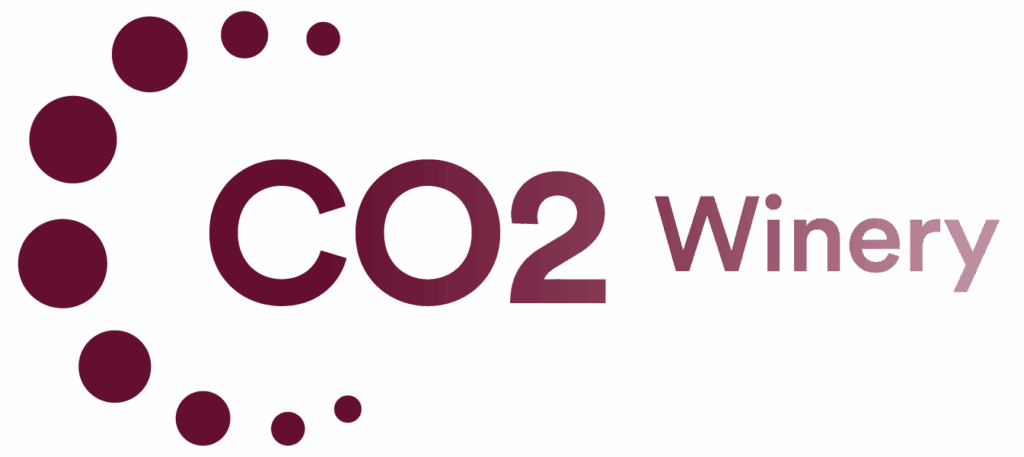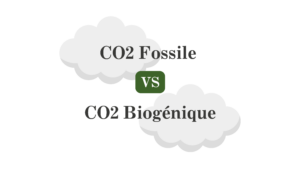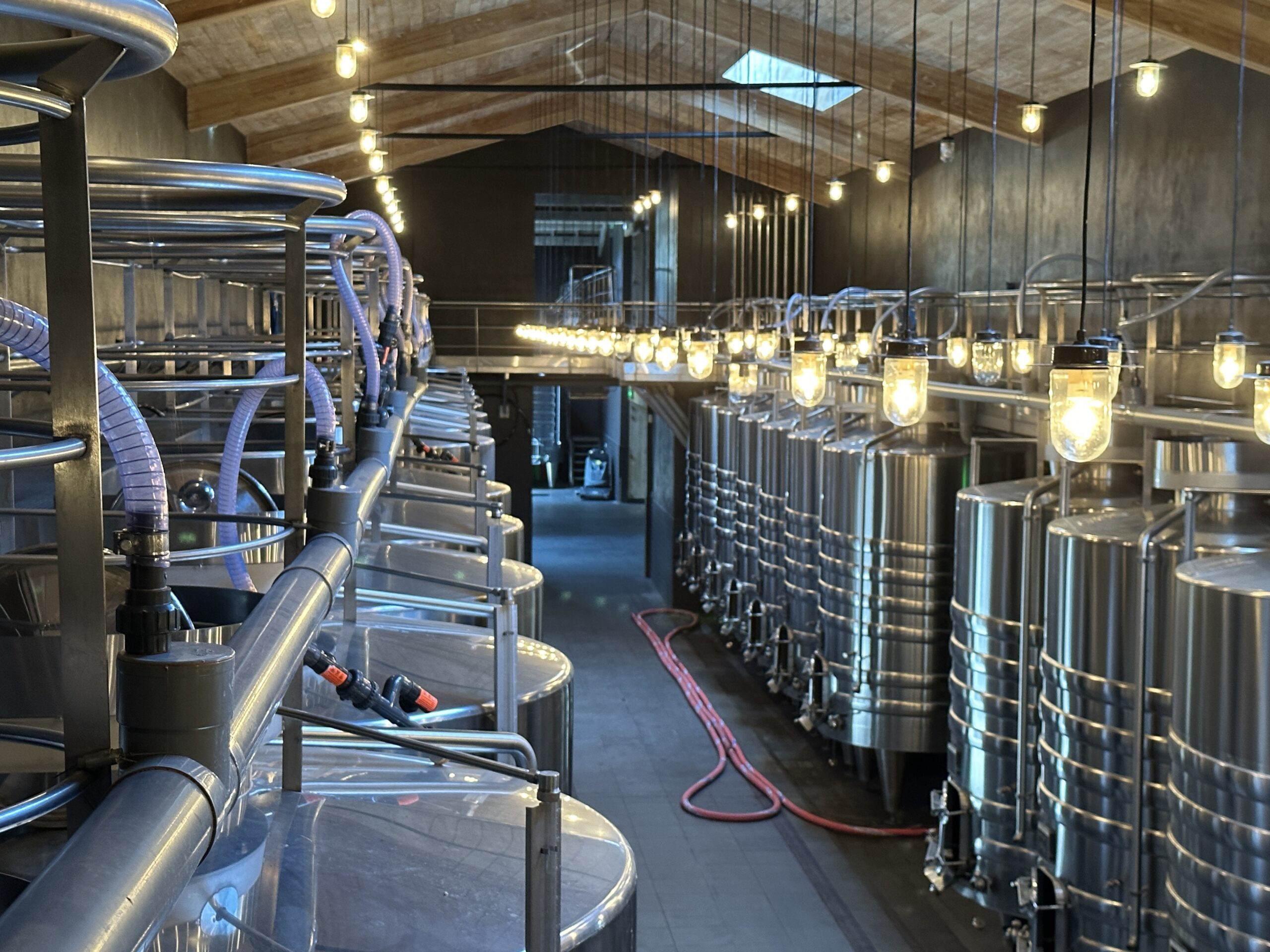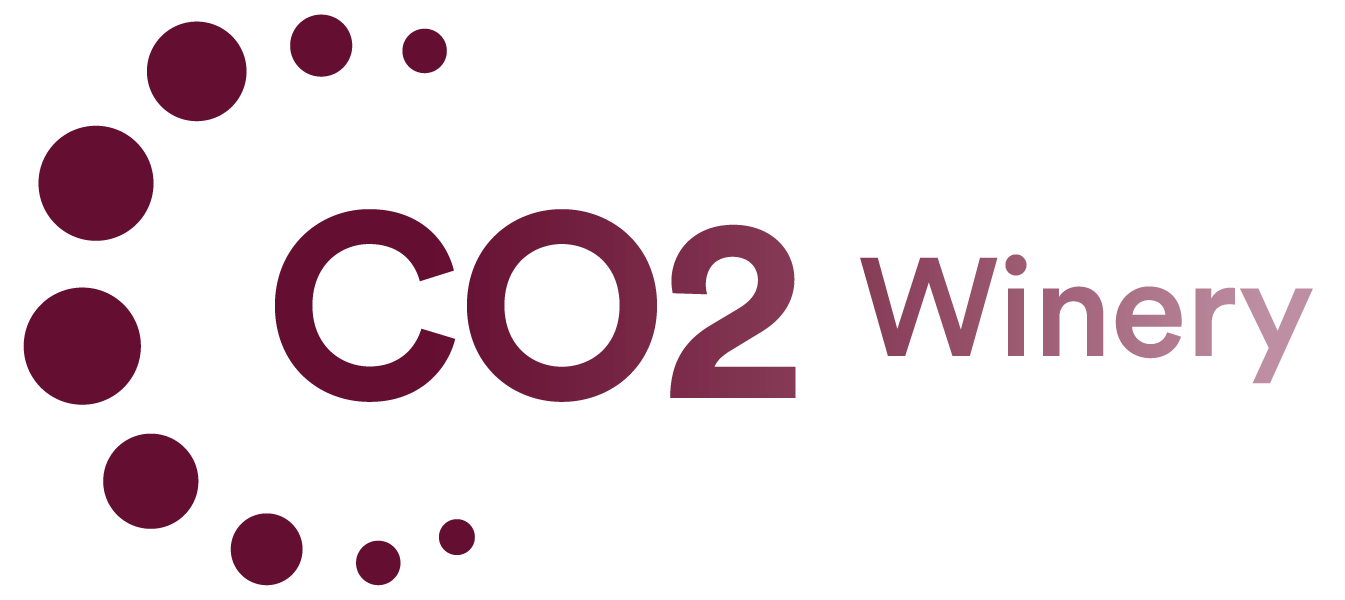CO2 Winery: Transforming fermentative CO2 into an economic and ecological asset for winegrowing
In an era when cost reduction and environmental sustainability are at the heart of the wine industry's concerns, a new technological revolution is taking place. By recovering CO2 from fermentations, innovative players such as CO2 Winery are leading the way towards more autonomous and responsible viticulture.
" Nothing is lost, nothing is created, everything is transformed "said Lavoisier. Today, this maxim takes on its full meaning in the winery. Some wineries, such as Tutiac in Marcillac, have recently experimented with a system for capturing and transforming fermentative CO2, thanks to the CO2 Winery offer. An integrated, modular solution adapted to the diversity of winegrowing operations.
Technology for CO2 capture and recovery
The principle is as ingenious as it is simple: capture CO2 directly at source from the fermentation tanks, exploiting the natural processes of winemaking. A hose connected to the pumping-over tube extracts the gas, which is then routed to analysis and purification equipment called the CO2 Box. Thanks to the use of a glycol water network, the CO2 is cooled and the moisture condensed, guaranteeing purity of the order of 99 % - essential for food and wine applications.
At CO2 Winery, this technology is part of a complete process that includes gas capture, drying, purification, compression up to 200 bars and storage. The aim is twofold: to offer winegrowers the autonomy they need to cover their requirements - whether for inerting vats during the harvest or for producing dry ice - and to help reduce CO2 emissions into the atmosphere.
Dry ice, a versatile and economical solution
The production of dry ice, known at CO2 Winery as "CO2 ICE", is a key application in this field. By decompressing and cooling purified CO2, it sublimates to form dry ice pellets at -78 degrees. These dry ice pellets can be used for a variety of purposes: cooling grapes or wine, inerting vats, or creating a layer of CO2 on the surface of wine to prevent oxidation. Even if the conversion process does involve some losses (on average, 120 to 150 kg of CO2 are needed to obtain 40 kg of pellets), the process remains economically attractive, especially when you consider that a 50,000 hectoliter winery can recover up to 6 tons of CO2 per day during the grape harvest.
Demonstrations at various wineries have proved the efficiency of this process. In less than a few minutes, a dry ice machine fills a cooler with ready-to-use pellets. This equipment enables winegrowers to make substantial savings - reducing an annual bill that can reach 30,000 euros - while optimizing their production and becoming self-sufficient.
Incorporation into rinse water: another solution for recovering CO2
Innovation doesn't stop at dry ice production. CO2 Winery is also exploring other applications for fermentative CO2, such as its injection into rinse water. By acidifying these waters and lowering their pH, it becomes possible to halve rinsing times after descaling operations, leading to drastically reduced water consumption. This approach is part of a circular economy in which a by-product of winemaking is transformed into a valuable resource for optimizing cleaning processes.
Trials carried out on prestigious sites - such as Château Figeac in Saint-Emilion - confirm the value of this method, with compact, mobile installations adapted to different fermentation tanks. The adaptability of these solutions is a major asset for a sector faced with both cost pressures and environmental challenges.
A profitable, scalable investment
As the article written by Vitisphère points out, while setting up such a system represents a substantial investment - with initial proposals costing around 70,000 euros - CO2 Winery has been able to rethink its offering by proposing modular formulas, such as a seven-year rental formula, to reduce purchasing costs and adapt to customers' needs and uses. This approach enables wineries, whether large or small, to benefit from a turnkey solution that is scalable and perfectly integrated with their existing infrastructures.
Towards a new era in viticulture
By transforming fermentative CO2 into a genuine economic and ecological lever, CO2 Winery embodies the future of sustainable viticulture. In addition to financial savings, CO2 recovery is part of an approach that respects the environment, by limiting greenhouse gas emissions, optimizing the use of resources and ensuring the safety of cellar workers.
This news item was inspired by the article "Recycling: when fermentative CO2 becomes dry ice", written by Amélie Bimont, published by Vitisphère, on 21/10/2024. To discover it, click here: https://www.vitisphere.com/actualite/ news/





